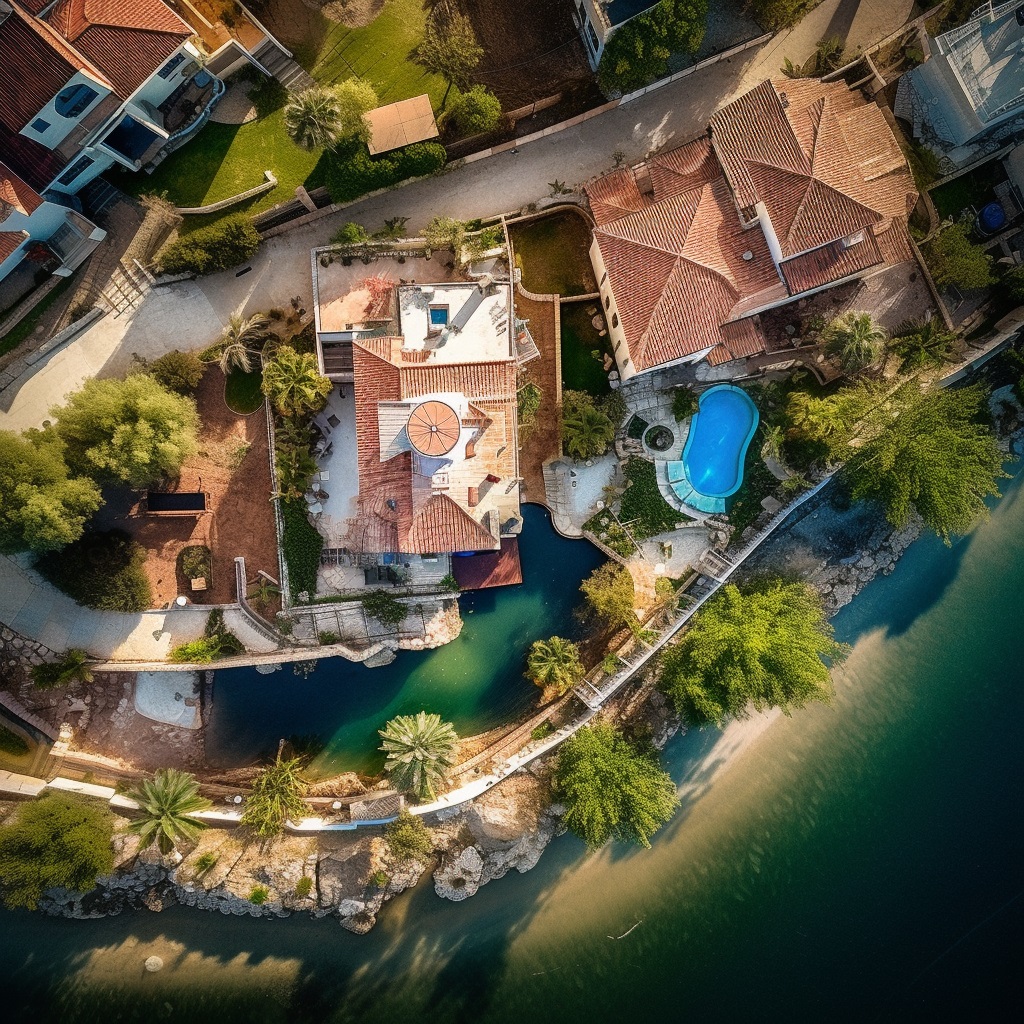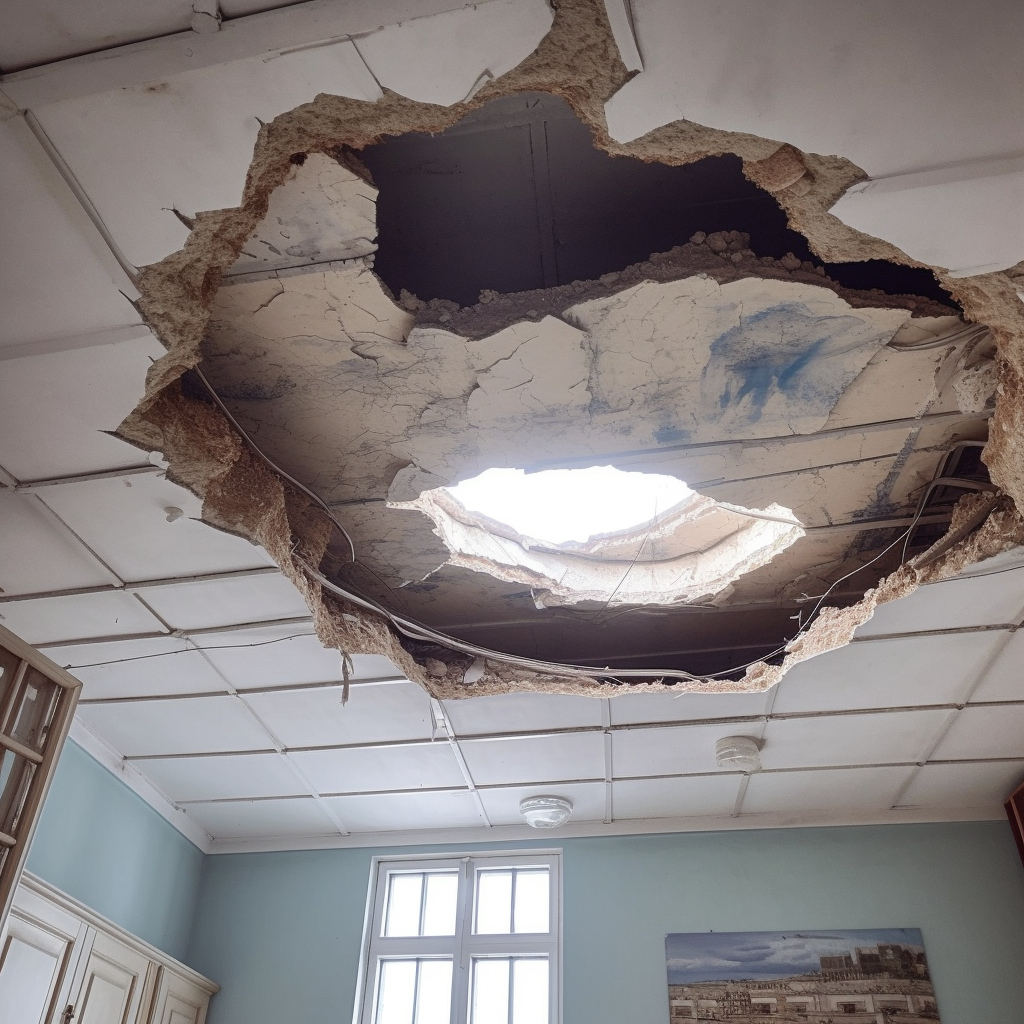Capturing Real Estate Magic: Mastering the Art of Real Estate Photography
The Power of First Impressions
In real estate, first impressions matter. The initial glimpse of a property through photographs can determine whether a potential buyer or renter decides to explore further. Discuss the importance of capturing eye-catching exterior shots that highlight curb appeal, as well as inviting interior photographs that showcase the property's unique features and atmosphere.
Equipment Essentials
While having the latest and most advanced camera gear is not a requirement, having a basic set of equipment is crucial for high-quality real estate photography. Discuss the essential equipment, including a DSLR or mirrorless camera, a wide-angle lens, a sturdy tripod, and external flashes or lighting equipment. Emphasize the importance of understanding how to use the equipment effectively for optimal results.
Lighting Techniques
Lighting plays a significant role in real estate photography. Explore different lighting techniques, such as natural light, artificial lighting, and a combination of both. Provide tips for maximizing natural light by shooting during the golden hour and strategically placing reflectors or diffusers. Discuss the use of flash and ambient lighting to balance exposure and create a warm and inviting atmosphere.
Composition and Staging
Composition and staging are essential elements in real estate photography. Explain the principles of composition, such as the rule of thirds, leading lines, and framing. Share tips on staging a property to enhance its appeal, including decluttering, organizing, and strategically placing furniture and props. Emphasize the importance of creating clean, uncluttered spaces that allow potential buyers or renters to envision themselves in the property.
Exterior Photography
Exterior shots set the stage for a property and create the first impression. Offer guidance on capturing appealing exterior photographs, including tips for showcasing landscaping, architectural details, and outdoor living spaces. Discuss techniques for shooting exteriors during different weather conditions and incorporating elements such as pools, gardens, and scenic views.
Interior Photography
Interior photography is the heart of real estate visuals. Dive into techniques for capturing inviting and well-lit interior shots. Discuss the importance of decluttering and depersonalizing spaces, as well as selecting the best angles and perspectives to highlight the flow and functionality of each room. Provide tips for balancing natural and artificial lighting, shooting in tight spaces, and creating depth and dimension in photographs.
Post-Processing and Editing
While capturing great shots in-camera is important, post-processing and editing can elevate your photographs to the next level. Share insights into post-processing techniques, including color correction, exposure adjustments, cropping, and enhancing details. Recommend popular photo editing software or mobile apps and provide tips for maintaining a natural and realistic look in your final images.
Showcasing Unique Features
Every property has unique features that set it apart. Encourage photographers to pay attention to these special attributes and find creative ways to capture them in photographs. Whether it's a stunning fireplace, intricate architectural details, or breathtaking views, discuss techniques for highlighting these features and making them stand out.
Building a Portfolio and Marketing Your Services
For aspiring real estate photographers, building a strong portfolio and effectively marketing your services is essential. Offer guidance on selecting and showcasing your best work, creating a professional website or online portfolio, and leveraging social media platforms to attract clients. Provide tips for networking with real estate agents, interior designers, and property developers to establish connections and secure photography opportunities.
Evolving Trends in Real Estate Photography
Lastly, discuss the evolving trends in real estate photography. Explore topics such as 360-degree virtual tours, aerial photography with drones, and the use of video in property marketing. Encourage photographers to stay informed about industry trends and embrace new technologies to stay competitive and offer innovative services to clients. Remember, mastering the art of real estate photography takes time, practice, and a keen eye for detail. By understanding the principles, techniques, and trends discussed in this blog post, you'll be well on your way to capturing the magic of properties and making a lasting impression in the real estate industry.






